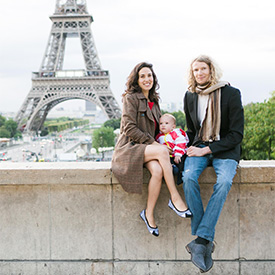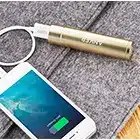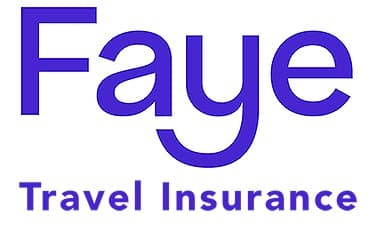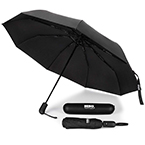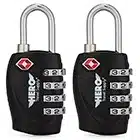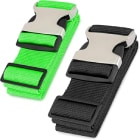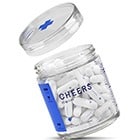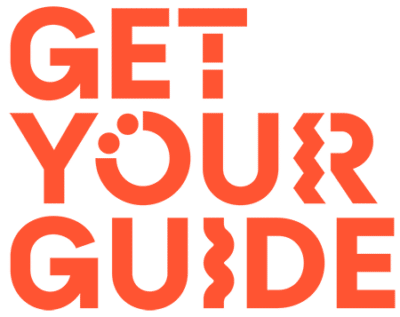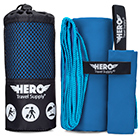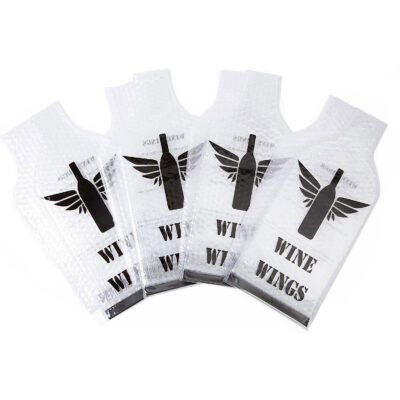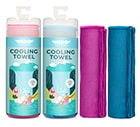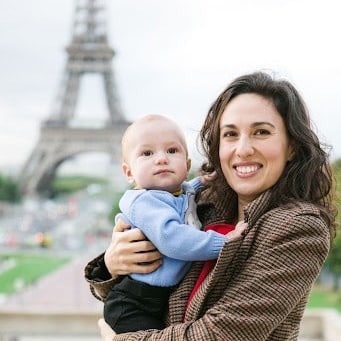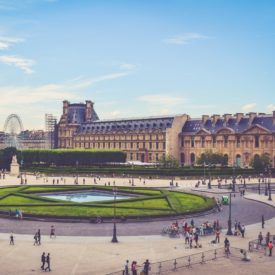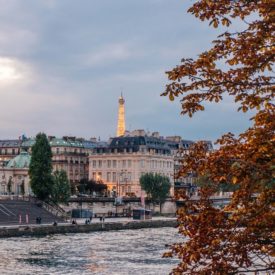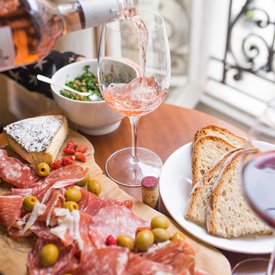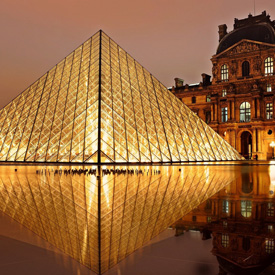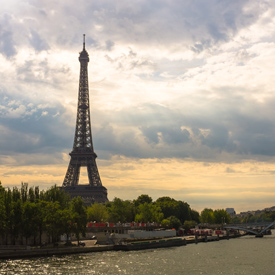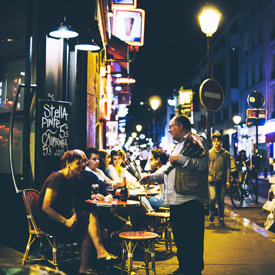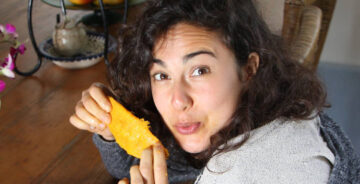Sightseeing – Especially if it’s your first time in Paris, you’ll definitely want to spend a few days checking out all the
iconic Paris sights like the Eiffel Tower, the Louvre, Notre Dame, and the Luxembourg Gardens. For full days of sightseeing, the most important things you can wear are comfortable shoes (you’ll be standing in lots of lines, and stumbling through endless subway terminals!), and a practical crossbody bag or backpack so that you can keep all the essentials on your person (ID, cash, subway tickets). Pack casual, sleek clothing like a black sundress or dark jeans and a tee.
Museum hopping – The Musée du Louvre and Musée d’Orsay are just two of many museums in Paris you won’t want to miss out on. Museums everywhere are usually freezing, so bring a sweater or cardigan to wear over your clothing, and consider wearing closed-toed shoes. Some museums will not allow visitors to bring in bulky handbags, so go for a small purse instead.
Visiting cafes, markets, and restaurants – Paris is home to thousands of cute cafes, fresh farmer’s markets, and charming restaurants. Stylish but practical clothing will suit you well for this. Think striped shirts, dark pants, and flats.
Going out at night – The nightlife of Paris includes everything from intimate wine bars to the most upscale clubs in the world. It depends on where you are going for the night, but you can’t go wrong with a black dress, minimal makeup, and heels. For men, think nice button-downs and tailored slacks. Always check the dress code before getting ready! A tie and jacket may be required in some places.
Taking an afternoon walk – One of the best (and most romantic) things to do in Paris is to go for a long walk through one of the city’s many historic neighborhoods. Choose between the romantic Montmartre, the stylish Marais, the free-spirited Canal Saint-Martin quarter, the eclectic Latin quarter, or the historical Saint Germain. Wear comfortable walking shoes, a breezy dress, a sunhat, and bring and your camera!




